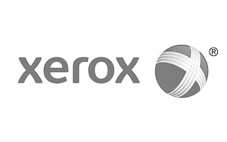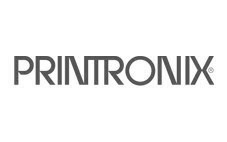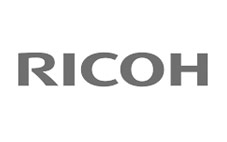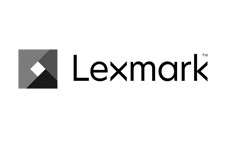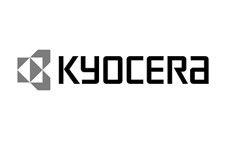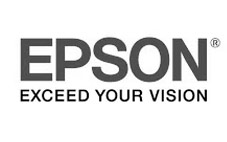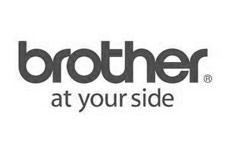Beating the Printing Supplies Counterfeiters in North Africa
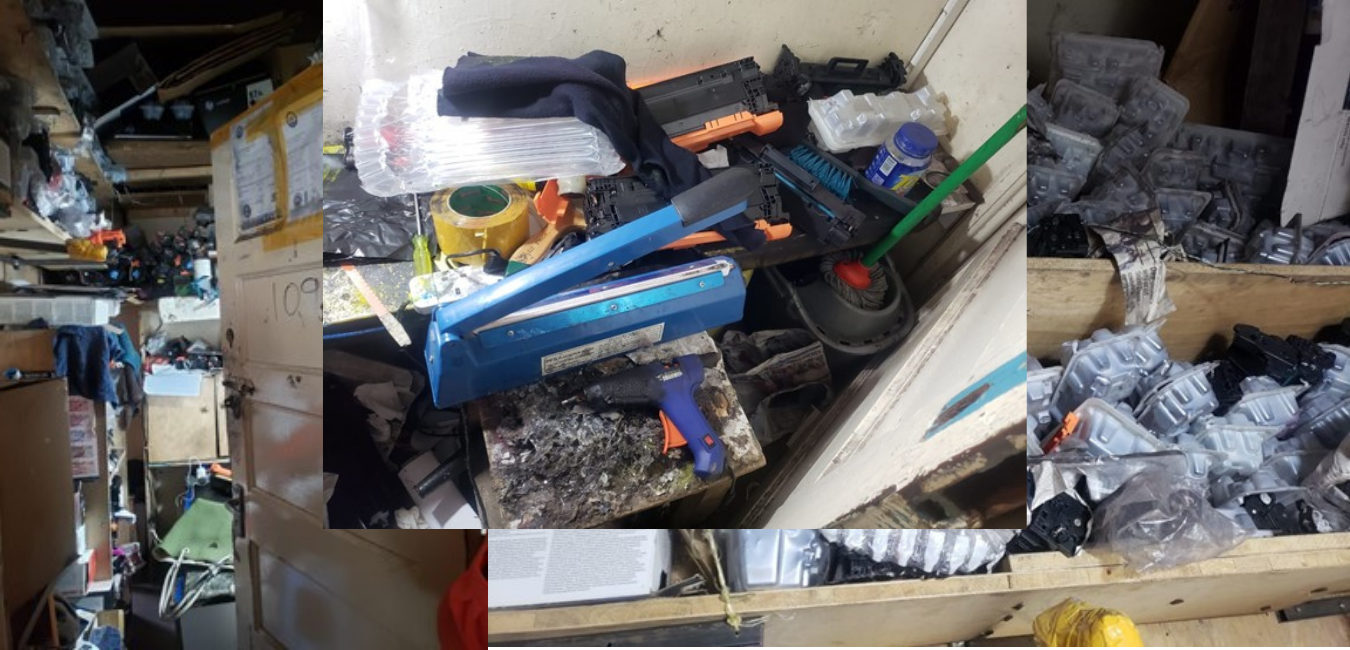
Anti-counterfeiting organisations are working together to deliver successes across North Africa in the battle against organised criminals and unscrupulous suppliers who push fake printer supplies into this important market.
According to the International Chamber of Commerce, the global economic value of counterfeiting and piracy could reach $2.3 trillion by 2022. Unfortunately, the market in counterfeit printer supplies is expanding in North Africa.
“Due to the pandemic and the associated economic uncertainties, customers are reluctant to invest in new equipment and are looking to reduce costs. We have noticed an increase in counterfeit supplies, and we must remain vigilant and continue to warn customers of the risks they incur,” said a spokesperson for ICCE.
Counterfeiting in North Africa
Counterfeiting is a crime which has serious implications, not only to the purchaser but to society as a whole. Cheap fakes harm the reputations and income of genuine manufacturers which, in turn affects national economies through lost taxes and jobs. Counterfeiting is often used to fund the activities of organized criminal gangs, including people and drugs smuggling.
Fake printer supplies also puts consumers at risks. They are not made to Original Equipment Manufacturer standards and may contain chemicals which are dangerous to health or to users’ printing equipment, reducing their operating life.
North Africa is experiencing local production of counterfeit printer supplies, for use in the internal market and for export. Its location makes it an ideal transit hub for counterfeit products heading to Europe or into the Middle East.
Organised and local crime syndicates in North Africa are producing and distributing counterfeit printer supplies, using affordable technologies to replicate packaging and establishing operations that are quick and easy to relocate to avoid detection. Criminal gangs achieve all of this under the guise of fictitious business fronts. These groups are also connected to similar operations in other countries, resulting in a large presence of imported counterfeit products.
The true cost of using “cheap” counterfeits
Purchasing counterfeit products may seem like a cost-saving measure, but in fact it is often a false economy. Using poor-quality copies result in longer term costs due to damaged hardware and increased spending due to the need to replace consumables more frequently, especially if the fake didn’t work.
Poor quality inks and toners also produce substandard branded documents and correspondence, such as invoices and marketing documents, which harm a business’s reputation.
Tips for avoiding counterfeit products
Purchasers can, however, avoid being caught out by counterfeiters by looking out for these signs:
- Prices which seem too good to be true should ring alarm.
- Don’t be afraid to ask for the serial numbers on products before purchasing; the manufacturer would be happy to confirm if these products are Original. If the supplier is reluctant to provide them, it can be a sign of counterfeit goods.
- Avoid purchasing products online from unknown suppliers. Only use established suppliers with a fixed address, preferably certified suppliers who are authorised vendors of original printer supplies. Most manufacturers have their partner listed on their website or the dealer should carry an authorised logo on their website. Most manufacturers are happy to check if the dealer is or isn’t authorised.
- Check the authentication labels on a product, ensuring all applicable security features can be identified. Packaging should be of a high quality commensurate with the product. It should be sealed and the cartridges clean and undamaged. It should also display the correct name, make and logo of the product purchased. Look out for spelling mistakes or wrong colour of the manufacturer logo. They can be the first warning signs of a counterfeit product.
- If you are purchasing larger quantities, enforce a robust tender process and clear contracts with suppliers, stipulating that the supplier must only use certified genuine products and not use substitutes.
More detailed information is also available from the following online resources:
How to spot potential fakes, and for links to the relevant producer’s web pages, go to https://icce.net/consumers/.
How to ensure you don’t buy fake printing supplies if you are a corporate buyer, go to https://icce.net/corporate/.
For resellers, go to https://icce.net/resellers/
ICCE activities in North Africa
The Imaging Consumables Coalition of Europe, Middle East and Africa (ICCE) was formed in 1997 as a direct response to the increase in counterfeit printer supplies across Europe, Middle East and Africa, including toners, ink cartridges and ribbons.
Recognising the growth and important location of the North African market as a hub for counterfeit products, ICCE members have been working together with enforcement agencies to tackle the counterfeit issue, with some great results:
- A local reseller had sold expired OKI cartridges cheaply. Printronix, the authorised manufacturer of the cartridges, was alerted by the end-user and an official letter was sent to the merchant warning of potential legal actions should there be evidence of counterfeit products being sold. The end-user has returned all cartridges and now buys from an OKI-authorised distributor, having updated their tendering process and asking all participants in their supply chain for a certificate attesting that they are an official OKI-authorised channel.
- In 2021 there have already been 30 HP Investigations in Egypt which resulted in 44,782 pieces of HP CFT product seized. Small entities in major cities such as Cairo and Alexandria have been the main sources of counterfeit activity, in which products are either imported from China or sourced from local suppliers. Products imported via Alexandria’s seaport are being distributed by land to many internal destinations across the country.
What to do if you suspect a product is counterfeit?
Consumers and businesses can stay up-to-date via the ICCE website www.icce.net and report any suspicious activity on the relevant web page www.icce.net/suspicious-4/. Individual OEM/ brand web pages can also be found by clicking the logos on the bottom of the following web page: https://icce@icce.net/consumers/.
About ICCE
ICCE is a non-profit making association with nine members and ten brands: Brother, Canon, Epson, HP Inc, Kyocera, Lexmark, OKI, Printronix, Ricoh and Xerox. ICCE was formed in 1997 as a direct response to the increase in counterfeit imaging consumables across the regions of Europe, the Middle East and Africa. Imaging consumables include such products as toner and ink cartridges and ribbons. To find out more about ICCE got to www.icce.net/about-us
More ICCE News
To see other ICCE News items, please go to our website: www.icce.net/news/

